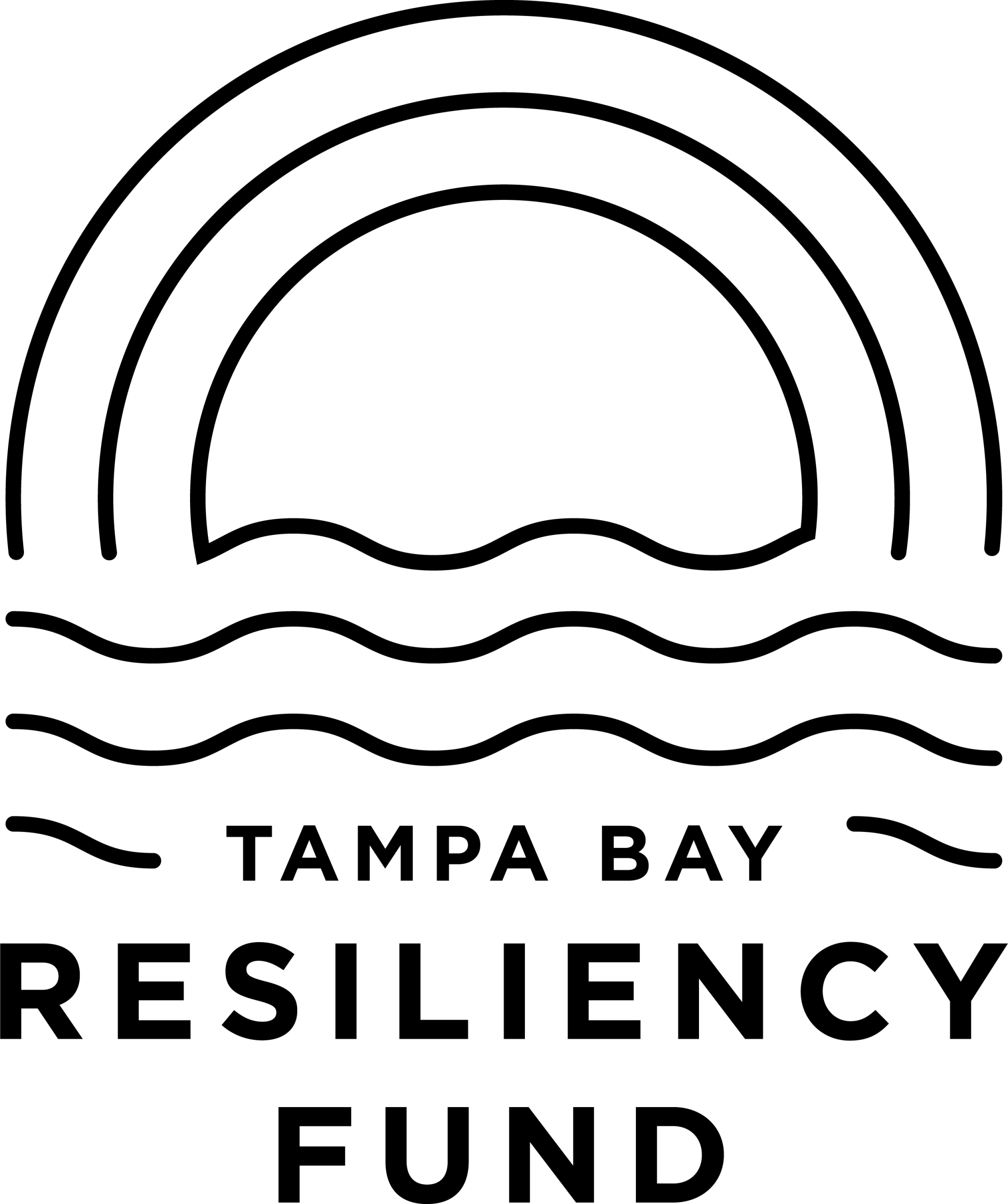Art has been a cultural and historical representation of the times since its inception
dating back even farther than the 64,000-year-old Neanderthal Cave painting abstracts found in Spain in 2018. These cave paintings were likely not the first pre-historic examples of “art” but only those that stood the test of time, secreted away in the dark recesses of the caves where Neanderthals likely found shelter and revered as scared places to commemorate with these works (Little, 2021).

Created between 43,000 and 65,000 years ago.
From pre-historic art to art in more recent history, the subject matter has expanded, grown, shifted, and become much more political and indicative of cultural norms during the period in which it was created. Or at least the “norms” that those paying to have the art commissioned wanted expressed and portrayed during their time. Which of course, wasn’t always as it seemed.
True to that sentiment, we as artists want our images and words and the emotions they evoke, to ring wholly true with the nature of society in the 21st Century. Particularly so in this age of plague and polarization, as our artistic venture is aimed to bring kindness and compassion back into the minds, hearts, and lives of everyone, starting with all our children.

Our work is humanistic in nature, focusing on “monsters” of all kinds to tell the tale of how humans can do better and become better as the world continues to change and evolve. It begs the questions, who are the real monsters? And why can’t we all be caring and compassionate with one another? These glimpses into their world also provide practical solutions for the issues that are crushing parents and most of humanity as we speak.
In the same vein, there have been countless emboldened artists throughout history that have brought dissentious pieces to the forefront of the artistic community and society at large. One of the most renowned is Thomas Gainsborough’s Blue Boy (c 1770). The piece has come to be known as “the world’s most beautiful painting”, not only for its impeccable artistry but the lack of shame in bringing a young gay man out into the forefront of British Nobility, during a time when such notions were considered not only unacceptable but repugnant and often demonized (Wilson, 2022).
To date this work has intentionally been replicated in commemoration from 18th Century sculptures to photographs of a young Shirley Temple in full ‘Blue Boy’ dress.

Blue Boy (c 1770)

“Curly Top” 1935
Art is not simply a cultural backdrop, it is more the opposite – history shows art tends to influence culture and, in our artwork, we hope and intend to bring acceptance of diversity, compassion and humanism back into a world which is in desperate need of the love that binds it.
BBC. (n.d.). Gainsborough’s blue boy: The private life of a masterpiece. BBC Culture. Retrieved January 23, 2022, from https://www.bbc.com/culture/article/20220120-gainsboroughs-blue-boy-the-private-life-of-a-masterpiece
Little, B. (2021, October 5). What prehistoric cave paintings reveal about early human life. History.com. Retrieved January 23, 2022, from https://www.history.com/news/prehistoric-cave-paintings-early-humans



